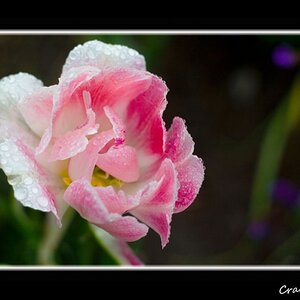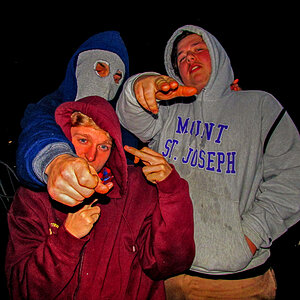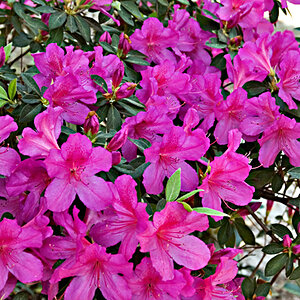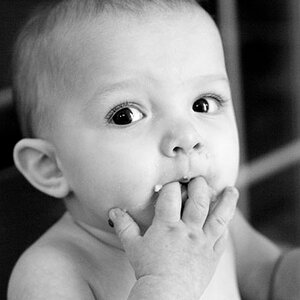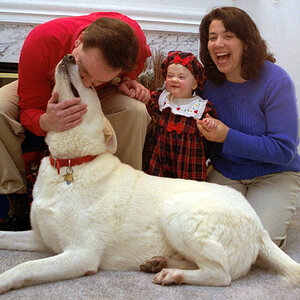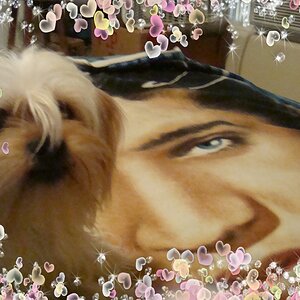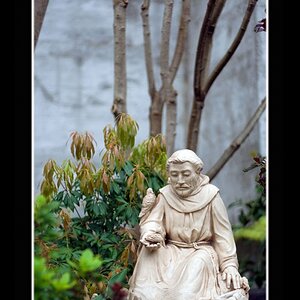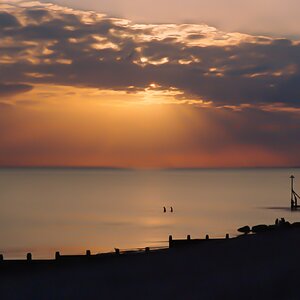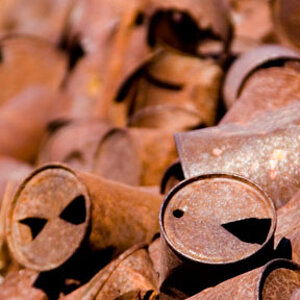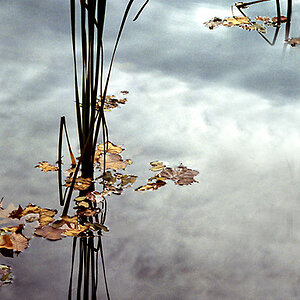- Joined
- May 1, 2008
- Messages
- 25,422
- Reaction score
- 5,003
- Location
- UK - England
- Website
- www.deviantart.com
- Can others edit my Photos
- Photos OK to edit
Ok so been doing more action work, in fact quite a lot of high action which is not my typical area; so I've been learning a few new things and refining some of how I work and I'd be interested in hearing others views and methods that you use.
So going right into the basics here are the custom settings I'm currently using in camera on the 7D using a 70-200mm f2.8 IS L MII lens
ISOs - full stop increments
ISO expansion on (max ISO now 12800 instead of 64000
AI servo tracking sensitivity - set to Fast
Enabled all custom AF area select modes
All AF points displayed
AI Servo 1st/2nd image priority - AF priority/tracking priority (default setting).
AI servo mode used and set to single spot AF mode
Evaluative metering
Settings not mentioned at set to default; note not mentioned is that I have all in-camera editing features off (using RAW so no need of them) and I'm also using back-button AF control.
Process of shooting:
Note lens wise I keep IS off - shutter speeds (as mentioned below) are fast enough to avoid handshake and since I might not be tracking the horses motion through the lens over the whole course (some areas are just not worth even trying unless one wants lots of foreground clutter or the back end of rider/horse going over the jump) I don't want to have to get ready early so that the IS can spin up and give its bonus.
I'm typically shooting this indoors so I shift into manual mode and work at f2.8 (enough depth for rider and horse whilst blowing out the background as much as possible and giving the most light for the camera); 1/640sec (slowest speed I find I can use and get sharp details - 1/500sec oft runs the risk of blurred mane/hair/tail/hooves). ISO I set manually since whilst I do have auto-ISO I don't have the ability to set an exposure compensation for it and I find that even though light changes somewhat in the arena, the camera tends to under-expose a bit more than I'd like.
So I typically take a test shot at a bright part of the course and ensure I don't get blow-out and then go with those settings. I've considered using the priority modes; but really what I'd want is an ISO priority mode since I can keep aperture and shutter speed fixed for mostly the whole event (I will tend to drop to f3.2 when a horse with a significant or full white coat comes on since they tend to blow-out more easily than the rest).
Once I've chosen where I'll shoot I've been experimenting with using different AF points on the sensor display to get a shot. I find that if I work with the AF points so that the head of the horse (head/shoulder is what I typically aim for - head when head on and shoulder when side-on) is "over" the middle point I end up with too little movement space on that side of the frame (horse overcrowds) whilst if I use the upper middle point (one just above the middle) I tend to get a decent enough frame.
Coping with a rider is tricky since it means I can't zoom and focus right in on the horse (because then I end up with a headless rider). I feel that this is partly making me shoot a touch loose and then cropping in editing; yet when I'm shooting its one of those things that the shot (through viewfinder and LCD) doesn't feel too open.
I tend to do some pre-focusing on the jump to get the focus in the rough area; but as soon as the horse is getting ready for the jump I'm focusing purely upon the horse itself - whilst trying to ensure the rider keeps their head). I shoot in burst mode and will typically get around 3 shots in a burst and not generally too much more.
So there is a rough outline of my method; have any here got anything to add to it -to suggest or alter that might help with the workflow in getting a shot.
So going right into the basics here are the custom settings I'm currently using in camera on the 7D using a 70-200mm f2.8 IS L MII lens
ISOs - full stop increments
ISO expansion on (max ISO now 12800 instead of 64000
AI servo tracking sensitivity - set to Fast
Enabled all custom AF area select modes
All AF points displayed
AI Servo 1st/2nd image priority - AF priority/tracking priority (default setting).
AI servo mode used and set to single spot AF mode
Evaluative metering
Settings not mentioned at set to default; note not mentioned is that I have all in-camera editing features off (using RAW so no need of them) and I'm also using back-button AF control.
Process of shooting:
Note lens wise I keep IS off - shutter speeds (as mentioned below) are fast enough to avoid handshake and since I might not be tracking the horses motion through the lens over the whole course (some areas are just not worth even trying unless one wants lots of foreground clutter or the back end of rider/horse going over the jump) I don't want to have to get ready early so that the IS can spin up and give its bonus.
I'm typically shooting this indoors so I shift into manual mode and work at f2.8 (enough depth for rider and horse whilst blowing out the background as much as possible and giving the most light for the camera); 1/640sec (slowest speed I find I can use and get sharp details - 1/500sec oft runs the risk of blurred mane/hair/tail/hooves). ISO I set manually since whilst I do have auto-ISO I don't have the ability to set an exposure compensation for it and I find that even though light changes somewhat in the arena, the camera tends to under-expose a bit more than I'd like.
So I typically take a test shot at a bright part of the course and ensure I don't get blow-out and then go with those settings. I've considered using the priority modes; but really what I'd want is an ISO priority mode since I can keep aperture and shutter speed fixed for mostly the whole event (I will tend to drop to f3.2 when a horse with a significant or full white coat comes on since they tend to blow-out more easily than the rest).
Once I've chosen where I'll shoot I've been experimenting with using different AF points on the sensor display to get a shot. I find that if I work with the AF points so that the head of the horse (head/shoulder is what I typically aim for - head when head on and shoulder when side-on) is "over" the middle point I end up with too little movement space on that side of the frame (horse overcrowds) whilst if I use the upper middle point (one just above the middle) I tend to get a decent enough frame.
Coping with a rider is tricky since it means I can't zoom and focus right in on the horse (because then I end up with a headless rider). I feel that this is partly making me shoot a touch loose and then cropping in editing; yet when I'm shooting its one of those things that the shot (through viewfinder and LCD) doesn't feel too open.
I tend to do some pre-focusing on the jump to get the focus in the rough area; but as soon as the horse is getting ready for the jump I'm focusing purely upon the horse itself - whilst trying to ensure the rider keeps their head). I shoot in burst mode and will typically get around 3 shots in a burst and not generally too much more.
So there is a rough outline of my method; have any here got anything to add to it -to suggest or alter that might help with the workflow in getting a shot.



